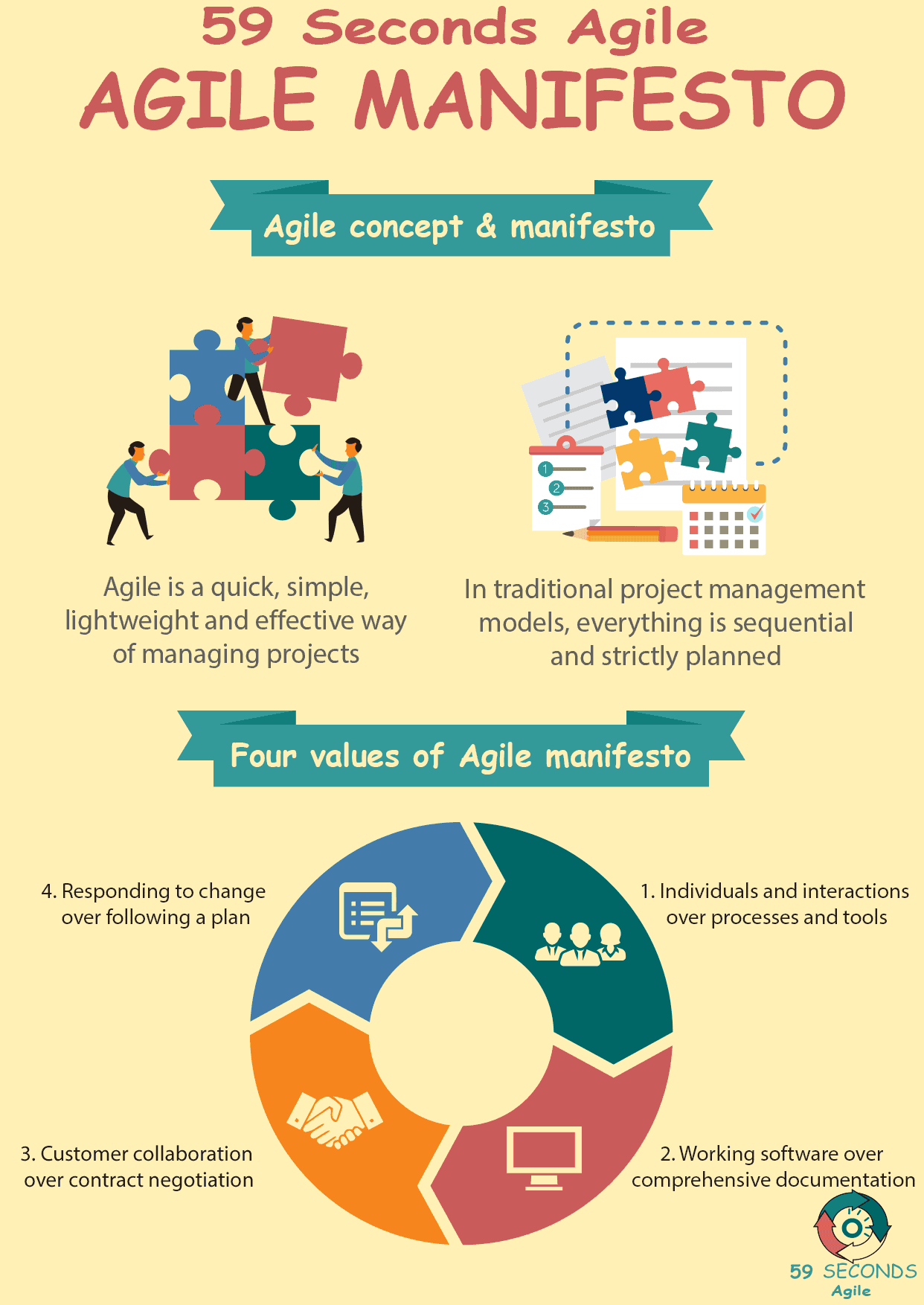
The Manifesto for Agile Software Development, introduced in 2001, has revolutionized the software industry. Its principles of iterative development, customer collaboration, and rapid response have transformed the way software is designed and built. However, as agile approaches have become more prevalent, it is essential to critically examine their complexities and limitations.
Agile development offers numerous benefits, including faster time-to-market, improved product quality, and increased customer satisfaction. Agile teams work in short sprints, allowing them to adapt quickly to changing requirements. By involving customers in the development process, agile approaches ensure that software meets their needs and expectations.
However, agile development also presents challenges. The lack of a structured and rigid process can lead to scope creep, missed deadlines, and quality issues. Agile teams can also struggle with communication and coordination, especially when working on large or distributed projects.
The Agile Manifesto outlines four key principles:
- Individuals and interactions over processes and tools
- Working software over comprehensive documentation
- Customer collaboration over contract negotiation
- Responding to change over following a plan
These principles are embodied in various agile practices, such as Scrum, Kanban, and Extreme Programming. Scrum involves regular sprint planning, daily stand-up meetings, and sprint reviews. Kanban uses visual boards to manage work flow. Extreme Programming emphasizes continuous testing, refactoring, and pair programming.
Despite its widespread adoption, the Agile Manifesto has also faced criticisms:
- Lack of rigor: Critics argue that agile approaches lack the structure and formality of traditional software development methodologies. This can lead to inconsistency and difficulty in measuring progress and accountability.
- Not suitable for all projects: Agile is often best suited for complex, highly iterative projects with changing requirements. It may not be appropriate for large, critical infrastructure projects or projects with strict compliance requirements.
- Overreliance on customer involvement: While customer collaboration is crucial, some argue that excessive involvement can slow down development and lead to feature creep. There needs to be balance between customer input and team autonomy.
- Limited focus on quality: The emphasis on speed and adaptability in agile can sometimes lead to a trade-off in software quality. Proper testing and quality assurance measures must be integrated into agile processes.
Alternative software development approaches, such as Lean Development and Disciplined Agile, have emerged to address some of these criticisms. Lean Development emphasizes value creation and waste elimination, while Disciplined Agile provides a hybrid approach that combines agile principles with elements of traditional methodologies.
To successfully implement agile, organizations must carefully consider best practices:
- Tailor the approach: Choose the specific agile methodology and practices that best fit the project’s needs and constraints.
- Establish clear roles and responsibilities: Define roles for team members, product owners, and scrum masters to ensure clear communication and accountability.
- Measure and improve continuously: Use metrics and feedback loops to track progress, identify bottlenecks, and make necessary adjustments.
- Foster a culture of accountability and ownership: Encourage team members to take ownership of their work and hold each other accountable for meeting commitments.
The Manifesto for Agile Software Development has had a profound impact on the industry. Its principles have led to faster, more responsive, and customer-centric software development. However, it is important to critically examine the complexities and limitations of agile approaches. By understanding the benefits, challenges, criticisms, and best practices, organizations can effectively implement agile and leverage its full potential while mitigating potential risks.
As the software landscape continues to evolve, it is likely that agile methodologies will continue to adapt and refine. By embracing a holistic understanding of agile principles and practices, organizations can maximize their benefits while ensuring the delivery of high-quality, valuable software products.



